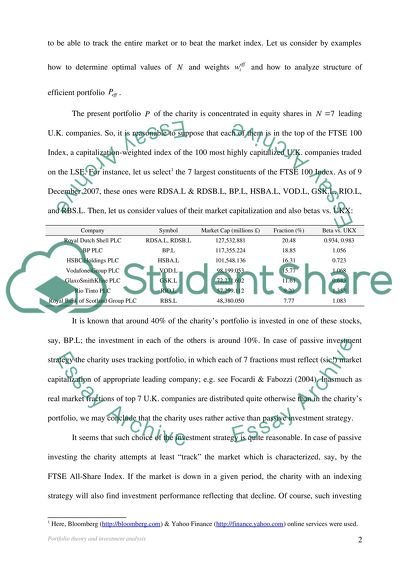Cite this document
(Reasonable Choice of the Investment Strategy Case Study, n.d.)
Reasonable Choice of the Investment Strategy Case Study. Retrieved from https://studentshare.org/finance-accounting/1519284-portfolio-theory-and-invesntment-analysis
Reasonable Choice of the Investment Strategy Case Study. Retrieved from https://studentshare.org/finance-accounting/1519284-portfolio-theory-and-invesntment-analysis
(Reasonable Choice of the Investment Strategy Case Study)
Reasonable Choice of the Investment Strategy Case Study. https://studentshare.org/finance-accounting/1519284-portfolio-theory-and-invesntment-analysis.
Reasonable Choice of the Investment Strategy Case Study. https://studentshare.org/finance-accounting/1519284-portfolio-theory-and-invesntment-analysis.
“Reasonable Choice of the Investment Strategy Case Study”, n.d. https://studentshare.org/finance-accounting/1519284-portfolio-theory-and-invesntment-analysis.


